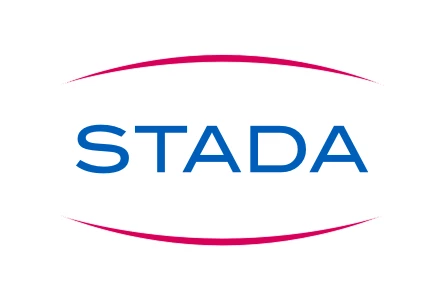1. Nizoral® Cream SmPC last updated Feb 2018.
2. Tao, R., Wang, R., Wan, Z., Song, Y., Wu, Y., & Li, R. (2022). Ketoconazole 2% cream alters the skin fungal microbiome in seborrheic dermatitis: a cohort study. Clinical and Experimental Dermatology, 47(6), 1088-1096.
3. W. Coussement, B. Ruoff. Preclinical Expert Statement on the toxicology documentation related to ketoconazole cream formulations. May 2003.
Ingredients
Ketoconazole 20mg per g, purified water, propylene glycol, cetyl alcohol, stearyl alcohol, sorbitan stearate, polysorbate 60, polysorbate 80, sodium sulphite (E221) and isopropyl myristate.
Method of administration
Cutaneous administration.
Package Sizes
Price*
XXXX
XXXX
Treatment
Cutaneous candidosis, tinea corporis, tinea cruris, tinea manus, tinea pedis and tinea (pityriasis) versicolor:
It is recommended that Nizoral 2% cream be applied once or twice daily to cover the affected and immediate surrounding area.
The usual duration of treatment is: tinea versicolor 2–3 weeks, yeast infections 2-3 weeks, tinea cruris 2-4 weeks, tinea corporis 3–4 weeks, tinea pedis 4-6 weeks.
Seborrheic dermatitis:
Nizoral 2% cream should be applied to the affected areas once or twice daily.
The usual initial duration of treatment in seborrheic dermatitis is 2 to 4 weeks. Maintenance therapy can be applied intermittently (once weekly) in seborrheic dermatitis.
Treatment should be continued until a few days after the disappearance of all symptoms.

Has clinically proven effectiveness in over 50 clinical studies.1
-
![]()
Ketoconazole is a more potent inhibitor of M. furfur in vitro than other topical antifungal agents of its class.4
-
![]()
Ketoconazole 2% cream reduced itching by 68% after 2 weeks treatment.2
-
![]()
Restores the skin microbiome balance in seborrheic dermatitis.2
-
![]()
Nizoral® Cream is well tolerated that makes it suitable for more sensitive skin.3








